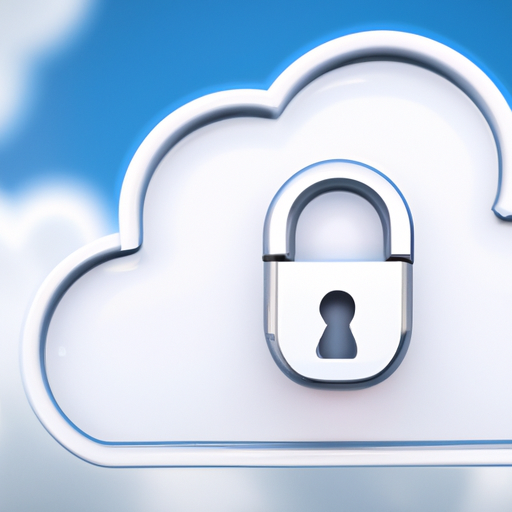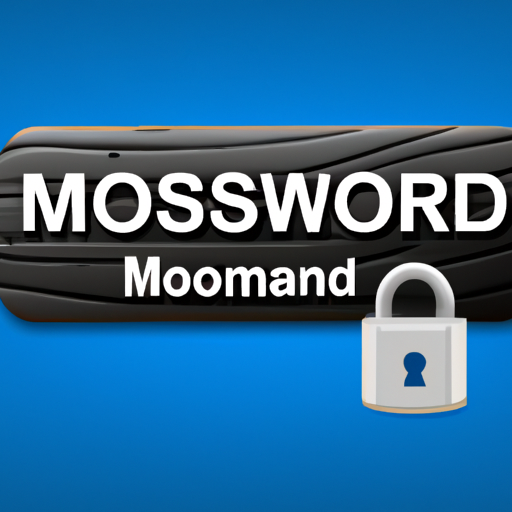-
Table of Contents
“Secure your data in the cloud – Protect your business from the unexpected.”
Introduction
Cloud security and data protection are two of the most important aspects of cloud computing. As organizations move more of their data and applications to the cloud, they must ensure that their data is secure and protected from unauthorized access. Cloud security and data protection involve a variety of measures, including encryption, authentication, access control, and monitoring. These measures help to ensure that data is secure and protected from unauthorized access, while also allowing organizations to take advantage of the scalability and cost savings of cloud computing. In this article, we will discuss the importance of cloud security and data protection, and how organizations can ensure their data is secure in the cloud.
The Pros and Cons of Cloud-Based Data Protection Solutions
Cloud-based data protection solutions are becoming increasingly popular as businesses look for ways to protect their data from cyber threats. While cloud-based solutions offer many advantages, there are also some potential drawbacks to consider. Here are some of the pros and cons of cloud-based data protection solutions.
Pros
Cost-Effective: Cloud-based data protection solutions are often more cost-effective than traditional on-premise solutions. This is because cloud-based solutions are typically subscription-based, meaning you only pay for the services you use.
Scalability: Cloud-based solutions are highly scalable, meaning you can easily add or remove services as needed. This makes it easy to adjust your data protection solution to meet your changing needs.
Security: Cloud-based solutions are often more secure than traditional on-premise solutions. This is because cloud-based solutions are typically hosted in secure data centers with multiple layers of security.
Cons
Reliability: Cloud-based solutions can be unreliable if the provider experiences outages or other issues. This can lead to data loss or other problems.
Lack of Control: With cloud-based solutions, you may not have as much control over your data as you would with an on-premise solution. This can be a problem if you need to access or manage your data quickly.
Privacy: Cloud-based solutions may not offer the same level of privacy as on-premise solutions. This can be a concern if you are dealing with sensitive data.
Overall, cloud-based data protection solutions offer many advantages, but there are also some potential drawbacks to consider. It’s important to weigh the pros and cons carefully before deciding which solution is right for your business.
How to Securely Store Sensitive Data in the Cloud
Storing sensitive data in the cloud can be a great way to ensure that your data is safe and secure. However, it is important to take the necessary steps to ensure that your data is properly protected. Here are some tips for securely storing sensitive data in the cloud:
1. Use Encryption: Encryption is a great way to protect your data from unauthorized access. Make sure to use a strong encryption algorithm and keep your encryption keys secure.
2. Use Multi-Factor Authentication: Multi-factor authentication (MFA) is a great way to add an extra layer of security to your cloud storage. MFA requires users to provide two or more pieces of evidence to prove their identity before they can access the data.
3. Monitor Access: Make sure to monitor who has access to your data and what they are doing with it. This will help you identify any potential security threats and take action to protect your data.
4. Use a Secure Cloud Provider: When choosing a cloud provider, make sure to select one that is secure and reliable. Look for providers that offer strong security measures such as encryption, MFA, and access control.
5. Regularly Back Up Your Data: Regularly backing up your data is a great way to ensure that you have a copy of your data in case of an emergency. Make sure to store your backups in a secure location and encrypt them for added protection.
By following these tips, you can ensure that your sensitive data is stored securely in the cloud. With the right security measures in place, you can rest assured that your data is safe and secure.
The Benefits of Cloud Security Monitoring
Cloud security monitoring is an important part of keeping your data safe and secure. With the rise of cloud computing, it’s become increasingly important to ensure that your data is protected from malicious actors. Cloud security monitoring can help you do just that. Here are some of the benefits of cloud security monitoring:
1. Increased Visibility: Cloud security monitoring provides you with a comprehensive view of your cloud environment. You can monitor all of your cloud resources, including applications, services, and data, in real-time. This allows you to quickly identify any potential security threats and take action to protect your data.
2. Automated Alerts: Cloud security monitoring can be set up to send automated alerts when suspicious activity is detected. This allows you to respond quickly to any potential threats and take the necessary steps to protect your data.
3. Improved Compliance: Cloud security monitoring can help you ensure that your cloud environment is compliant with industry regulations and standards. This can help you avoid costly fines and penalties for non-compliance.
4. Cost Savings: Cloud security monitoring can help you save money by reducing the need for manual security checks. Automated monitoring can help you identify potential threats quickly and take action to protect your data.
Cloud security monitoring is an important part of keeping your data safe and secure. With the right tools and processes in place, you can ensure that your data is protected from malicious actors and remain compliant with industry regulations.
Best Practices for Data Encryption in the Cloud
Data encryption is an important part of keeping your data secure in the cloud. Here are some best practices for data encryption in the cloud:
1. Use strong encryption algorithms: Make sure you use strong encryption algorithms such as AES-256 or RSA-2048. These algorithms are considered to be the most secure and are widely used in the industry.
2. Use a secure key management system: A secure key management system is essential for managing and protecting your encryption keys. Make sure you use a system that is reliable and secure.
3. Encrypt data at rest: Encrypting data at rest is important for protecting your data from unauthorized access. Make sure you encrypt all data stored in the cloud, including databases, files, and backups.
4. Encrypt data in transit: Encrypting data in transit is important for protecting your data from being intercepted while it is being transferred between systems. Make sure you use secure protocols such as TLS or SSL for encrypting data in transit.
5. Monitor access to your data: Make sure you monitor access to your data and set up alerts for any suspicious activity. This will help you detect any unauthorized access to your data.
By following these best practices, you can ensure that your data is secure in the cloud.
How to Implement Multi-Factor Authentication for Cloud Security
Multi-factor authentication (MFA) is an important security measure for cloud-based services. It adds an extra layer of protection to your accounts by requiring more than one form of authentication. This helps to ensure that only authorized users can access your data.
MFA is easy to implement and can be done in a few simple steps. Here’s how to get started:
1. Choose an MFA provider. There are many different MFA providers available, so it’s important to do your research and choose one that meets your needs. Look for providers that offer a variety of authentication methods, such as text messages, email, and biometrics.
2. Set up your MFA provider. Once you’ve chosen a provider, you’ll need to set up your account. This typically involves providing your contact information and creating a username and password.
3. Enable MFA for your cloud services. Most cloud services offer the option to enable MFA. This can usually be done through the service’s security settings.
4. Test your MFA setup. Once you’ve enabled MFA, it’s important to test it to make sure it’s working properly. Try logging in with your MFA credentials to make sure everything is working as expected.
By implementing MFA, you can help ensure that only authorized users can access your cloud services. This can help protect your data and keep it secure.
Conclusion
Cloud security and data protection are essential for businesses that are looking to take advantage of the cloud. With the right security measures in place, businesses can ensure that their data is safe and secure in the cloud. By implementing the right security protocols, businesses can protect their data from unauthorized access, malicious attacks, and data breaches. Additionally, businesses should ensure that their cloud provider is compliant with industry standards and regulations to ensure that their data is protected. With the right security measures in place, businesses can take advantage of the cloud and its many benefits without compromising their data security.




